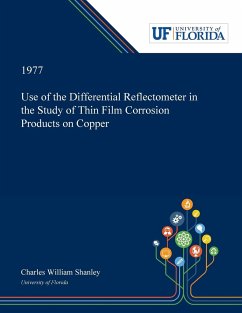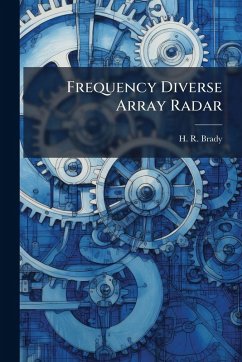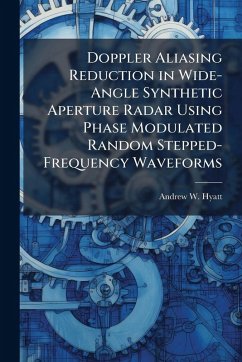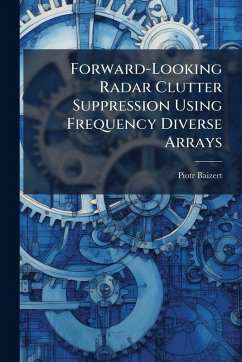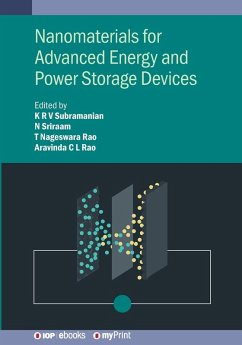
Thin Film Encapsulation of Radio Frequency Microelectromechanical Systems Switches
Versandkostenfrei!
Versandfertig in über 4 Wochen
18,99 €
inkl. MwSt.
Weitere Ausgaben:

PAYBACK Punkte
9 °P sammeln!
Microelectromechanical systems (MEMS) radio frequency (RF) switches have been shown to have excellent electrical performance over a wide range of frequencies. However, cost-effective packaging techniques for MEMS switches do not currently exist. This thesis involves the design of RF-optimized encapsulations consisting of dielectric and metal layers, and the creation of a novel thin film encapsulation process to fabricate the encapsulations. The RF performance of several encapsulation designs are evaluated wit h an analytical model, full wave electromagnetic simulation, and laboratory testing. ...
Microelectromechanical systems (MEMS) radio frequency (RF) switches have been shown to have excellent electrical performance over a wide range of frequencies. However, cost-effective packaging techniques for MEMS switches do not currently exist. This thesis involves the design of RF-optimized encapsulations consisting of dielectric and metal layers, and the creation of a novel thin film encapsulation process to fabricate the encapsulations. The RF performance of several encapsulation designs are evaluated wit h an analytical model, full wave electromagnetic simulation, and laboratory testing. Performance degradation due to parasitic and reflection losses due to the package is considered, and RF feed-throughs of the transmission line into and out of the package are designed and assessed. Ten different encapsulation designs were created and their RF performance was characterized in terms of insertion loss, return loss, and isolation. A switch without an encapsulation and a switch with a dielectric encapsulation were fabricated and tested by the Air Force Research Laboratory (AFRL), and the test data was used to verify the data from analytical modeling and electromagnetic simulation performed in this work. This work has been selected by scholars as being culturally important, and is part of the knowledge base of civilization as we know it. This work was reproduced from the original artifact, and remains as true to the original work as possible. Therefore, you will see the original copyright references, library stamps (as most of these works have been housed in our most important libraries around the world), and other notations in the work. This work is in the public domain in the United States of America, and possibly other nations. Within the United States, you may freely copy and distribute this work, as no entity (individual or corporate) has a copyright on the body of the work. As a reproduction of a historical artifact, this work may contain missing or blurred pages, poor pictures, errant marks, etc. Scholars believe, and we concur, that this work is important enough to be preserved, reproduced, and made generally available to the public. We appreciate your support of the preservation process, and thank you for being an important part of keeping this knowledge alive and relevant.



